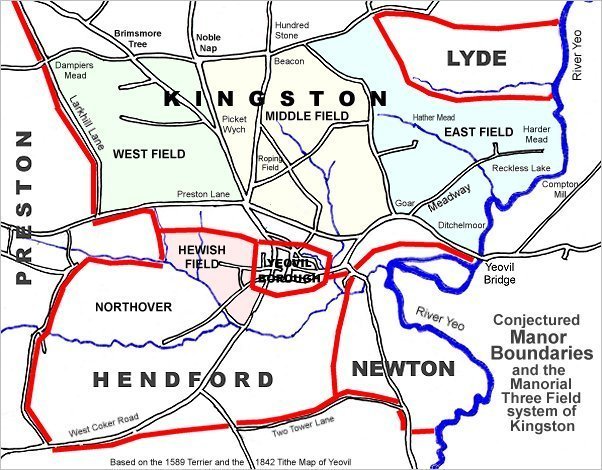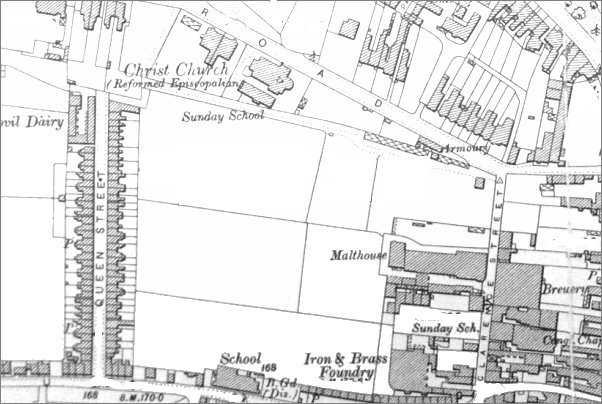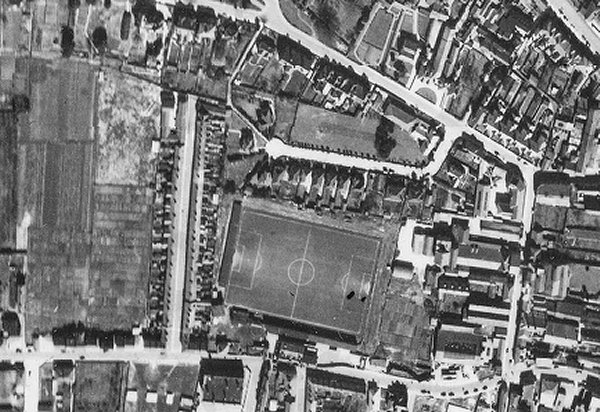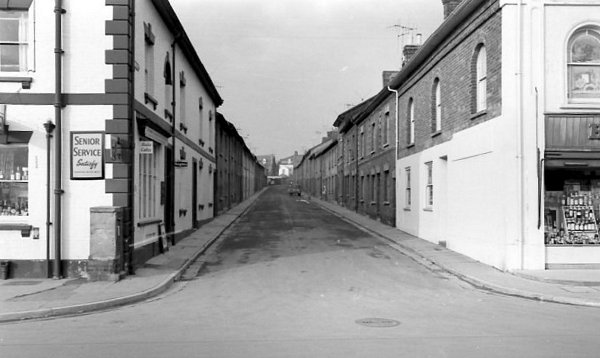Willis' Orchard
Willis' Orchard
Once part of the great medieval field called Northover
Willis' Orchard was once part of the great medieval field called Northover (see first map below). Northover itself was later broken up and part of it became a large common field called Hewish, or Hewish Field, stretching from Ram Park in the north, the boundary with the parish of Preston Plucknett in the west, today's West Hendford in the south and roughly as far as today's Clarence Street in the east. The parcels comprising the former great common field called Hewish Field are shown shaded green in the 1842 Tithe Map below.
The name Huish, in its various spellings through time, derives from the Old English 'hiwisc' meaning a household.
On 1 July 1415 Thomas, Earl of Arundel, granted the advowson of Yeovil Rectory to Henry V with "two acres in the field called Huysh".
It was recorded that in 1611 St Leonard's Fair for rother cattle was held in "the field called Huishe in Hendford" - in this instance Hendford being the Manor of Hendford, not the road of that name. As a sidenote; the word 'rother' is an old Anglo-Saxon word for cattle. The rother cattle were long-horned, fleshy beasts prized for their meat, milk, hide and horn (see photo here).
An indenture of 1715 remarks on six acres of arable land "lying in a common field called Hewish in the tything of Hinford.... lately enclosed" - the words 'lately enclosed' being a good indication of when this common field began to be parcelled up. By the 1750s the division parcels of Hewish Field were more or less finalised as shown in the 1842 Tithe Map below.
Willis' Orchard (Parcel 591) was one such partition at the north of the former common field. It was bounded by Ram Park (Parcel 298) to the north, Hewish (Parcel 592) to the east, cottages on the north side of Hewish Lane (today's Huish) to the south and The Field (Parcel 301) to the east. The 1846 Tithe Apportionment noted that Jane Newman (the widow of John Newman) was the owner of Willis' Orchard and Berkley Newman was the tenant. The orchard measured 2a 0r 36p. In his will of 1844 John Newman referred to Willis' Orchard as "Cuff's Orchard".
Willis' Orchard was one of the first parcels of the former Hewish Field to be used for housing development and Queen Street was built on the former Willis' Orchard between 1856 and 1886. Queen Street was a quiet cul-de-sac until it was completely obliterated with the building of Queensway in the 1980s.
For details on historic land measurement (ie acres, roods and perches) click here.
maps

This map, based on the descriptions in the 1589 Terrier and the 1846 Tithe Map of Yeovil shows the approximate boundaries of the Manors of Kingston and Hendford as well as the manorial three-field system used in Kingston.

This map is based on the 1842 Tithe Map with field names added from the 1846 Tithe Award. The area shaded light green was originally a large common field called Hewish Field that had been formed out of the earlier medieval field called Northover. By the time of the 1842 Tithe Map, shown here, Hewish Field had been further sub-divided into many parcels as shown.
Willis' Orchard is at centre.

Map based on the 1901 Ordnance Survey showing the former Willis' Orchard completely filled with the houses and gardens of Queen Street.

The 1842 Tithe Map superimposed (roughly) over a modern street map showing where several modern roads, for example the rear gardens of the eastern side of Grove Avenue, follow former field boundaries.
Gallery

The 1946 aerial photograph shows The Park in the top right quadrant with Clarence Street running down the right side to meet Huish which runs along the bottom of the photograph and Queen Street left of centre. The area of former Willis' Orchard is to the immediate left of the football ground, fully filled with the houses and gardens of Queen Street.

A photograph of the mid-1960s taken from Huish and looking north along Queen Street. The long, narrow, straight road reflects the shape and size of the former Willis' Orchard on which it was constructed.